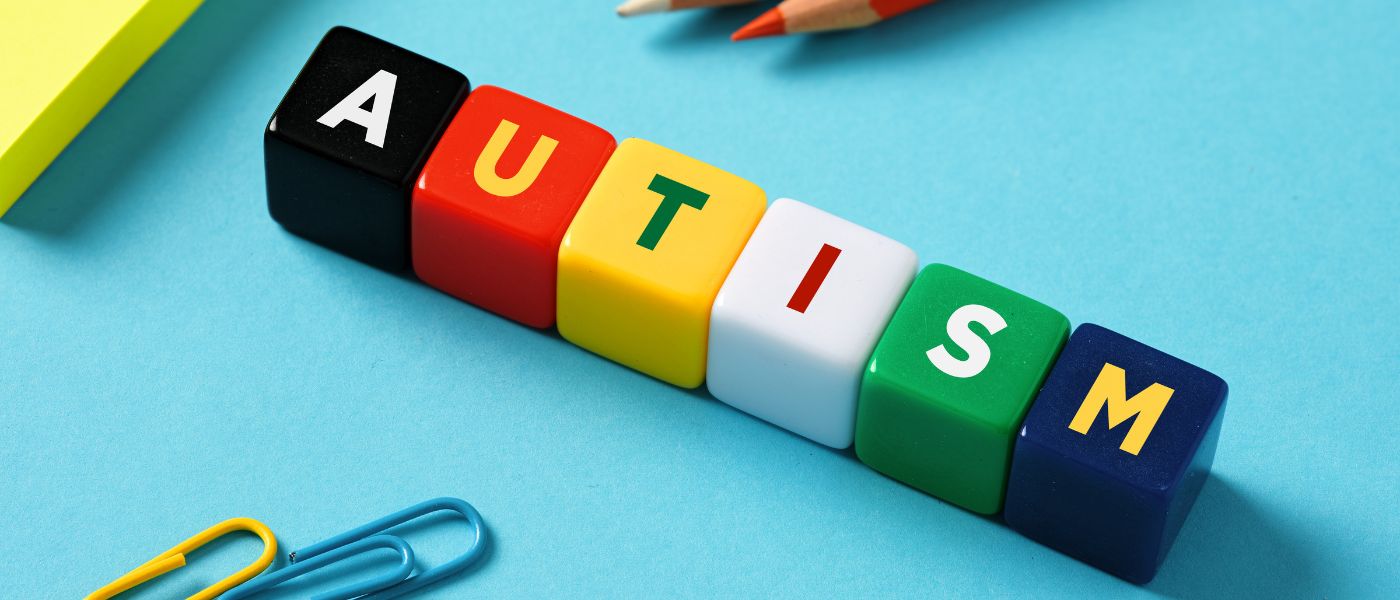Exploring Autism: Techniques for Efficient Interaction and Communication
Effective interaction and communication with people on the autism spectrum demand a thorough understanding of their special requirements and choices. The complexities of these methods expose additional factors to consider that merit exploration, specifically in just how they can be adjusted to individual experiences and varied contexts.
Recognizing Autism Spectrum Condition
Autism Spectrum Condition (ASD) includes a variety of neurodevelopmental problems defined by difficulties in social communication, communication, and repetitive actions. The term "range" mirrors the diverse manifestations and differing levels of seriousness experienced by people with ASD. While some may exhibit substantial disabilities, others might display high-functioning attributes, permitting greater self-reliance in daily life.
The beginning of ASD commonly happens in early youth, with indicators commonly well-known by age two. Early indications may consist of postponed speech advancement, restricted eye get in touch with, and troubles in understanding social hints. Although the exact etiology of ASD remains vague, study suggests a mix of environmental and hereditary factors plays a critical duty in its advancement.
People with ASD often possess distinct strengths, such as enhanced attention to detail and outstanding memory abilities. Nonetheless, they may battle with understanding abstract principles and taking care of changes to routine. Therefore, interventions and support tailored to private needs are vital for promoting communication and social abilities. Acknowledging the intricacy of ASD is important for advertising understanding, approval, and effective strategies that help with significant communications with individuals on the spectrum.

Relevance of Clear Communication
Effective interaction is essential for fostering understanding and link, specifically for individuals with Autism Spectrum Problem (ASD) Clear interaction not only assists in social communications but likewise boosts the individual's capacity to express their feelings, demands, and ideas. For individuals with ASD, the subtleties of language can typically be challenging; for that reason, making use of straightforward and unambiguous language is vital.
Moreover, clear interaction helps in reducing aggravation and anxiousness that might arise from misconceptions. When messages are communicated in a direct and constant manner, people with ASD are much better equipped to interpret info precisely, which can substantially boost their social involvement and participation in various setups.
Developing regimens and utilizing visual supports can better strengthen clear interaction. These strategies offer people with foreseeable structures that help comprehension and retention of info. Additionally, proactively listening and being person during interactions promotes a supportive setting where people with ASD feel valued and understood.
Ultimately, prioritizing clear communication not just empowers individuals with ASD but additionally cultivates more significant links with their peers, caregivers, and the wider community, leading the method for inclusive communications and collective partnerships. - autism
Non-Verbal Interaction Techniques
Interaction prolongs past words, and for people with Autism Spectrum Problem (ASD), non-verbal hints play a substantial role in communications. Non-verbal interaction methods can consist of face Check This Out expressions, motions, body language, and eye call, every one of which work as crucial elements for communicating emotions and objectives.
Understanding and translating these non-verbal signals can enhance communications with individuals with ASD. A warm image source smile or open posture can produce an inviting atmosphere, motivating involvement. Using visual aids-- such as image cards or icons-- can connect interaction spaces and aid share messages more properly.
It is also vital to be conscious of personal area, as individuals with ASD may have various comfort levels regarding distance. Observing their reactions to physical nearness can notify proper modifications.

Developing Helpful Environments
Producing an encouraging setting is essential for fostering positive interactions and improving the wellness of people with Autism Spectrum Disorder (ASD) Such atmospheres can considerably minimize anxiousness and create a sense of safety and security, enabling people to express themselves a lot more openly.
To achieve this, it is crucial to think about sensory level of sensitivities that people with ASD may experience. Changing the physical space to consist of soft lights, very little background noise, and comfortable seating can develop a calming atmosphere. Furthermore, utilizing regular routines and clear visual schedules can aid people expect transitions and minimize uncertainty, further advertising comfort.
Social spaces need to be structured to reduce frustrating stimuli while supplying opportunities for engagement in favored tasks. Promoting locations assigned for silent time can likewise function as a refuge during moments of stress and anxiety. Importantly, integrating aspects of option encourages individuals, enabling them to exercise firm in their setting.

Encouraging Social Interactions
Fostering social interactions amongst people with Autism Range Condition (ASD) calls for deliberate techniques that focus on convenience and involvement. Establishing foreseeable routines can help minimize anxiety, making social setups extra friendly. Producing structured environments with specified duties and roles enables people to involve without find more the frustrating pressure of unstructured social dynamics.
Integrating rate of interests and toughness into social activities can serve as a catalyst for interaction. As an example, arranging group activities around shared pastimes or topics of fascination can assist in natural discussions and links. Additionally, utilizing visual assistances, such as pictorial routines or social manuscripts, can assist in understanding social signs and expectations.
Designing suitable social actions is vital - autism. Adults and peers need to demonstrate effective communication strategies, consisting of energetic listening and turn-taking. Role-playing scenarios can also give a secure area for people to practice these skills
Lastly, fostering peer relationships with inclusive methods is crucial. Motivating inclusive playdates or team trips can produce possibilities for socialization in a comfy setup. By carrying out these approaches, caregivers and educators can dramatically boost social interactions for people with ASD, promoting their total social development and well-being.
Conclusion
In verdict, reliable interaction and interaction techniques are vital for supporting individuals with Autism Spectrum Condition. Ultimately, these approaches empower individuals with autism to browse social landscapes, advertising their general health and making it possible for the growth of lasting connections.
Efficient communication and communication with individuals on the autism spectrum demand a detailed understanding of their distinct requirements and choices. Clear communication not only facilitates social interactions yet additionally boosts the individual's ability to express their emotions, ideas, and needs.Cultivating social interactions among people with Autism Range Disorder (ASD) calls for willful methods that focus on convenience and engagement. By executing these strategies, educators and caregivers can substantially boost social communications for people with ASD, advertising their total social growth and wellness.
In final thought, efficient communication and interaction methods are crucial for sustaining people with Autism Spectrum Disorder.
Comments on “Understanding the Spectrum: A Comprehensive Guide to Autism Awareness”